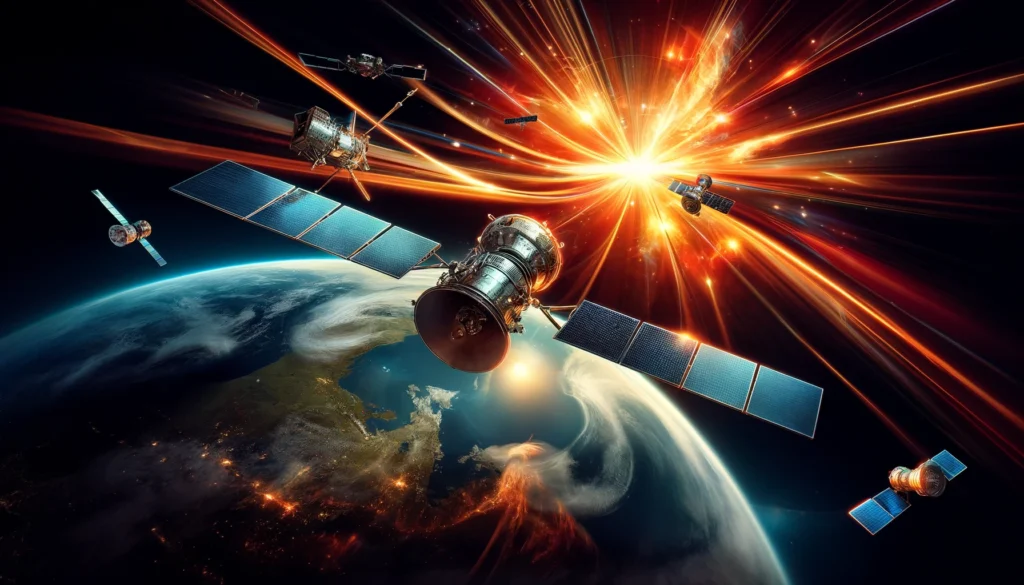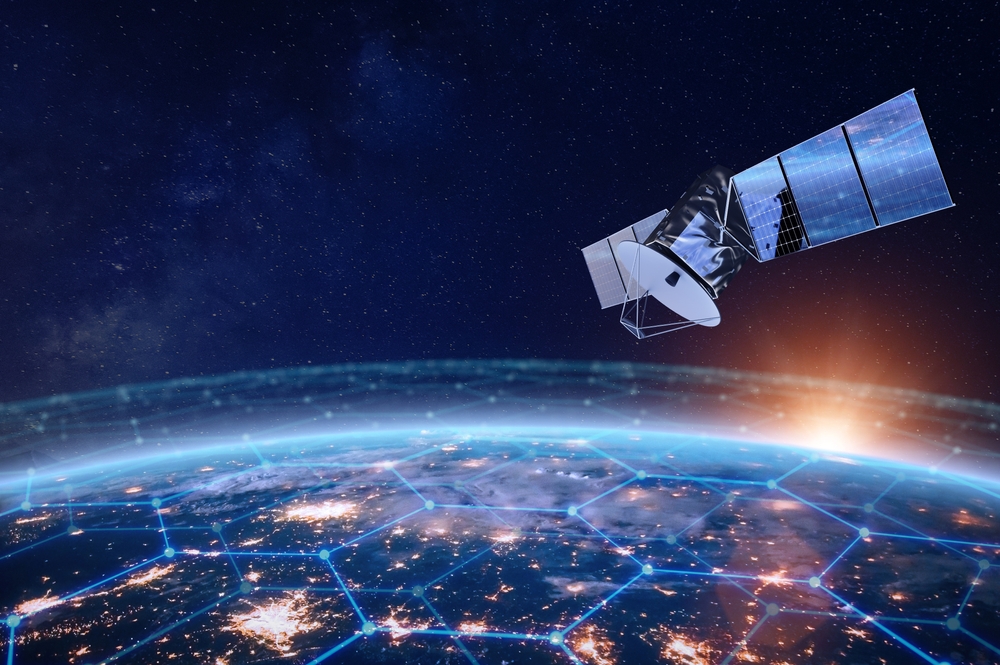
The largest solar storm in recent decades is currently impacting Earth, posing significant challenges for professionals managing power grids, communication systems, and satellites.
The National Oceanic and Atmospheric Administration (NOAA) has observed various effects from the ongoing geomagnetic disturbance, which has produced widespread auroras across the Northern Hemisphere. While no severe damage has been reported thus far, NOAA has noted some degradation in communication systems that depend on high-frequency radio waves and preliminary signs of anomalies in power grid operations.
Shawn Dahl, service coordinator at NOAA’s Boulder, Colorado-based Space Weather Prediction Center, explained that power grid managers have been proactively working to maintain stable and regulated electrical flow since the onset of the storm. Additionally, satellite operators are vigilantly tracking the health of their spacecraft amid fluctuating conditions caused by the combined S1-S2 and severe-extreme geomagnetic storms. Dahl also reported issues with GPS systems, including difficulties in securing lock positions and inaccuracies in displayed locations.

How Satellite Operators Can Respond to Geomagnetic Storms
Companies take several measures to protect their satellites from geomagnetic storms, which can disrupt operations and cause lasting damage. Here are some common strategies:
- Orbital Adjustments: Satellites may be moved into slightly different orbits temporarily to minimize exposure to the most intense parts of a solar storm.
- Operational Modes: Satellites can be placed into a “safe mode,” where non-essential systems are powered down, and the satellite operates using minimal functionality to reduce the risk of damage.
- Shielding and Hardening: Satellites are often equipped with shielding against radiation, and critical components are hardened to withstand the effects of increased radiation during solar storms.
- Real-time Monitoring: Satellite operators continuously monitor space weather reports from organizations like NOAA’s Space Weather Prediction Center to anticipate and react promptly to solar storm events.
- Software Solutions: Implementing advanced algorithms and software that can automatically adjust satellite operations based on detected space weather conditions.

Specifically regarding SpaceX and their Starlink satellites:
- Starlink’s Low Orbit: Starlink satellites operate in low Earth orbit (LEO), which offers some natural protection due to Earth’s magnetic field. However, they are still susceptible to increased radiation levels during intense solar storms.
- Automated Operations: Starlink satellites are equipped with autonomous management systems that can make real-time adjustments in response to threats from solar storms, including changing orientations or adjusting shieldings.
- Robust Design: The satellites are designed with redundancy and resilience in mind, ensuring that critical functions can continue even if some components are affected by solar activity.
SpaceX is known for its proactive approach in managing the Starlink constellation, using cutting-edge technology and continuous monitoring to mitigate risks associated with space weather. These strategies are essential not only for maintaining service but also for ensuring the longevity and reliability of their satellite fleet. You can learn more here about How SpaceX Uses Design and Material Science to Protect Starlink Satellites.


